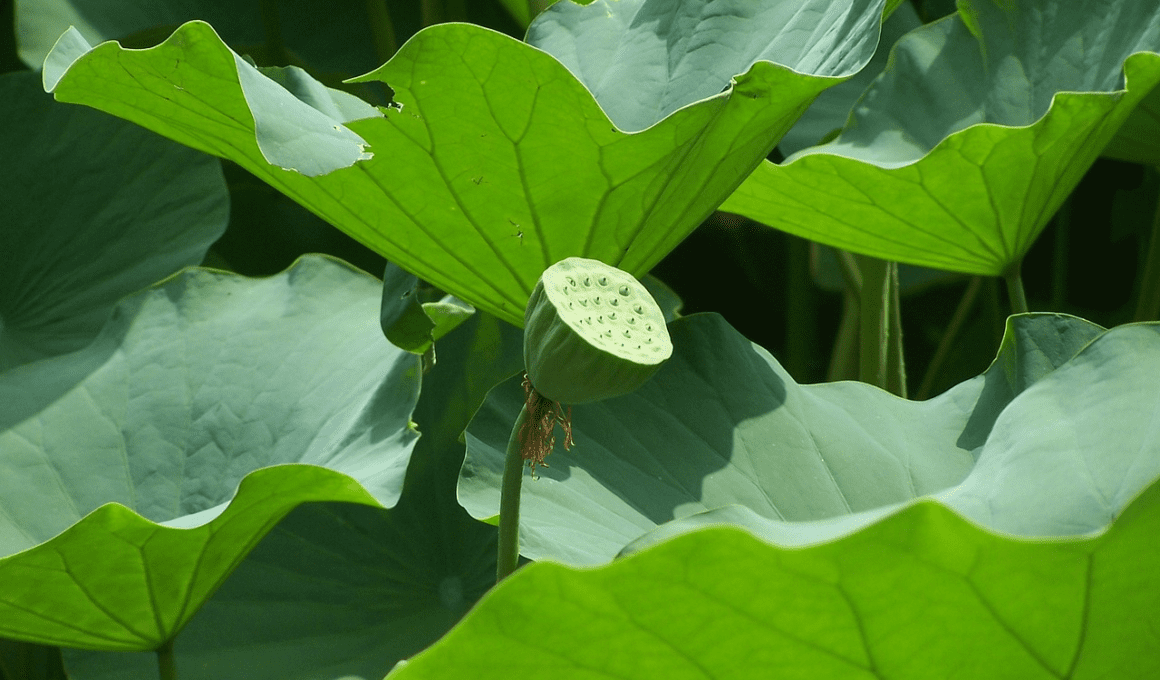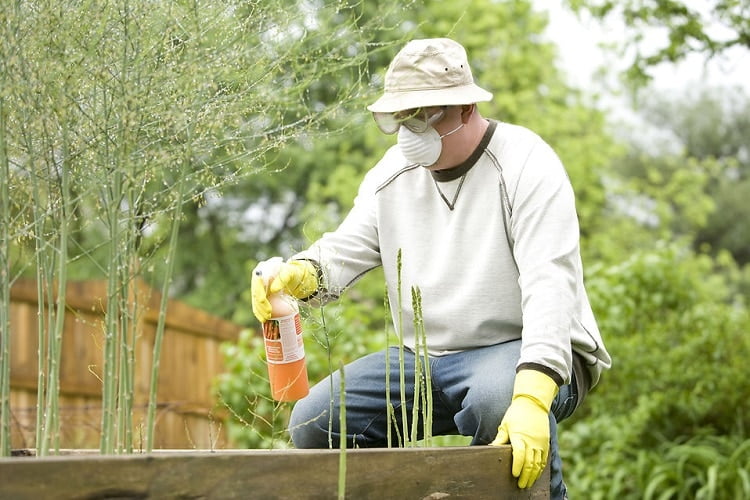As a gardener, you know that plants start from seeds, and every seed has a crucial part that helps the plant grow. These are the cotyledons, or the seed leaves, that play a significant role in the germination process.
Cotyledons are not true leaves, but they are responsible for accessing stored nutrients until the first true leaves grow. Understanding their importance can improve your gardening skills and help you grow healthy plants.
Different plants have different types of cotyledons. Some are epigeal, which means that they grow above the soil, while others are hypogeal, which means that they remain below the soil. The number of cotyledons also differs between monocots and dicots.
Knowing the type and number of cotyledons your plants have can help you understand their growth processes and provide them with the right nutrients. In this article, we will explore the importance of cotyledons in plant growth, the germination process, and how to use this knowledge to grow healthy plants.
Quick Takeaways
- Cotyledons are a part of the plant seed and are crucial in the germination process.
- They are not true leaves and access stored nutrients until the first true leaves grow.
- Understanding cotyledons and how they develop in different plants can improve gardening skills.
- A plant cannot grow without a cotyledon, and losing both cotyledons before true leaves grow results in plant death for dicot plants.
What are Cotyledons?
You already know that cotyledons are the crucial part of a plant seed that aid in germination. These seed leaves are not true leaves and are thicker, rounder, and smoother in appearance. They access stored nutrients until the first true leaves grow and perform photosynthesis in some plant seeds.
Cotyledon formation occurs during embryogenesis with shoot and root meristems. Monocots have one cotyledon while dicots have two. Dicots will form two leaves parallel to each other on the stem simultaneously.
Without cotyledons, a plant can’t grow. Understanding the differences between monocots and dicots and how cotyledons develop in different plants can improve your gardening skills and lead to a better-looking and healthier garden.
Germination Process
Once water triggers cell division in the embryo, the first set of leaves will emerge and begin the process of photosynthesis. These leaves are the true leaves, and they replace the role of the cotyledons in feeding the plant. The cotyledons have done their job in providing the necessary nutrients for the plant to start its life. Now, the true leaves take over and use the energy from the sun, carbon dioxide, and water to create sugars that feed the plant throughout its lifespan.
It’s important to note that there are differences between monocots and dicots in terms of the number of cotyledons and how they develop. Monocots have one cotyledon, while dicots have two. This affects how the first true leaves emerge from the seed and how the plant grows. In dicots, the two cotyledons will form parallel to each other on the stem, while in monocots, the cotyledon remains underground as the shoot emerges above it. Understanding these differences can help gardeners to better care for their plants and ensure that they have the necessary nutrients for healthy growth.
| Monocots | Dicots |
|---|---|
| One cotyledon | Two cotyledons |
| Flower petals in multiples of three | Flower petals in multiples of four or five |
| Cotyledon remains underground as shoot emerges above it | Cotyledons form parallel to each other on stem |
| Examples include grasses, lilies, and orchids | Examples include beans, peas, and oak trees |
Importance in Gardening
Understanding the role of cotyledons in different types of plants can enhance your gardening skills and lead to a healthier and more attractive garden. For starters, cotyledons play a crucial role in providing the necessary nutrients for plant growth during the early stages of germination.
Keeping the cotyledons intact until the first true leaves appear allows the plant to access these stored nutrients for a stronger start. In addition to providing nutrients, cotyledons can also perform photosynthesis in some plant seeds. This means that they can continue to provide energy to the plant even after the stored nutrients have been depleted.
Understanding the benefits of cotyledons and how they develop in different plants can help you make informed decisions when it comes to planting and caring for your garden. Tips such as keeping the soil moist and avoiding overcrowding of plants can also help ensure that your plants have a strong start and healthy growth.
Frequently Asked Questions
Can a plant survive without cotyledons?
Without cotyledons, a plant cannot survive as they are crucial for germination and storing nutrients until true leaves grow. Cotyledon function and the significance of cotyledons are essential for plant growth.
How do monocots and dicots differ in terms of cotyledon number and flower petals?
Do you know that monocots have one cotyledon while dicots have two? Monocots have flower petals in multiples of three while dicots have petals in multiples of four or five. Cotyledons store nutrients for initial growth.
Are there any plants that have more than two cotyledons?
Did you know that some plants have more than two cotyledons? This is a rare occurrence known as cotyledon evolution. Few examples include legumes like peanuts and beans, which have three cotyledons.
Can cotyledons perform photosynthesis in all plant species?
Did you know that not all plant species can perform photosynthesis with their cotyledons? The cotyledon’s main function is to access stored nutrients until true leaves appear, but some plant seeds have cotyledons that can perform photosynthesis.
How can damaging or losing cotyledons affect the growth of a plant in the long term?
Damaging or losing cotyledons can impact plant health in the long term. Recovery methods depend on the plant type and growth stage. Without cotyledons, growth may be delayed, stunted or result in plant death.








